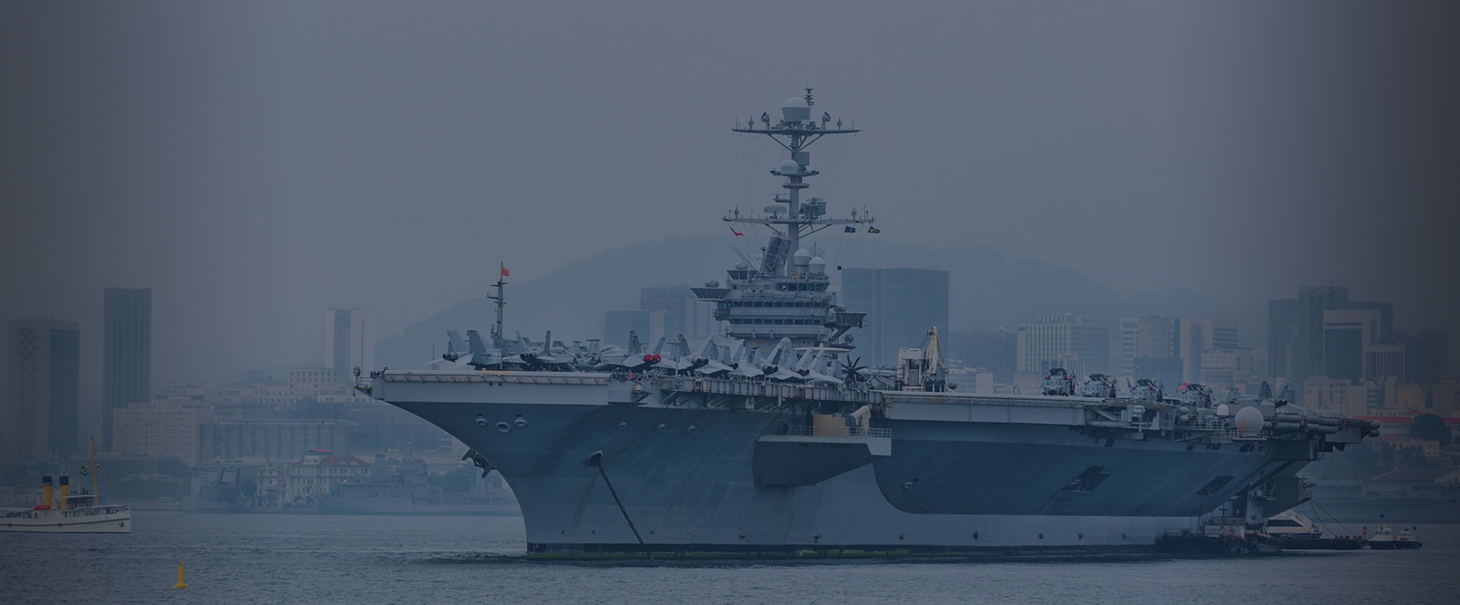China’s low-cost production of manufactured goods led to a sharp drop in global prices mainly benefiting developed countries and its demand for commodities benefited primary producers in the developing world. Some developing countries like Mexico, with similar labor-intensive production, found themselves in direct competition with China, while also losing out on foreign direct investment. As China’s manufacturing costs rise some companies are now giving Mexico a second look. This month The New York Times ran a story raising the prospect of a rush to locate U.S. investments south of the border. The rush may be premature given Mexico’s underperforming economy and the deeper structural challenges to further progress. Statistically, Mexico’s primary attraction rests on a trend seemingly gaining momentum as U.S.–Mexico trade has grown by 30 percent, or $507 billion annually, and U.S. foreign direct investment rising to $35 billion. For many, Mexico is seen as a major link in a new global supply chain. Foreign businesses seeking to access the North American market also see Mexico as a gateway and many have located manufacturing platforms in places like the state of Querétaro. The state boasts a Fortune 500 portfolio of foreign investors including Canada’s Bombardier Aerospace, the world’s third largest airplane manufacturer, Korean home appliance manufacturers Daewoo and Mabe, as well as food producers like Switzerland’s Nestlé. Tax breaks, state-sponsored infrastructure projects and lower labor costs all serve as an attractive magnet for many overseas companies. For the last few decades Mexico has been steadily opening its economy in order to gain access to foreign markets and capital while becoming globally competitive. Most recently, President Enrique Peña Nieto’s administration introduced reforms allowing for foreign investment in energy, breaking up oligopolies and rein in corrupt entities like the outsized teacher’s union (jailing its leader for embezzlement) further liberalizing the economy. These are all positive developments coming in the wake of previous changes. For decades, Mexico’s corporatist economy was protected from foreign competition and amassed enormous debts paying off sectorial interests in exchange for political support to the ruling party, the Institutional Revolutionary Party or PRI. By the late 1970s that system had effectively run out of steam and technocratic elites sought a change. Coming into effect in 1994, NAFTA, the North American Free Trade Agreement, ushered in freer trade between Mexico, the U.S. and Canada. Consequently aspects of Mexico’s economy were reformed from the outside. In exchange for credits, investments and jobs the Mexican state focused on price decontrol, flexible exchange rates, and greater government solvency. In 2000 the election of Vicente Fox, of the pro-business National Action Party (PAN), ended the PRI’s political monopoly. Another PAN president, Felipe Calderón, was elected in 2006. Hopes for further liberalization of the economy were tempered as both presidents faced a number of insurmountable social, political and security problems ultimately slowing the pace of reform with a result that the economy continues to perform far below potential. By most indicators, Mexico’s economy is performing badly, growing by only 1.1 percent last year, despite heavy deficit spending. Since 1982, the annual growth rate has averaged 2.3 percent. Between 2000 and 2008, growth in per capita income was a disappointing 1.9 percent. Poor Mexicans continue to risk crossing the border illegally since GDP per capita is a mere 24 percent of the United States’. One reason for the economy’s mediocre performance is low productivity, in part, attributable to a large informal sector made up mainly of unregistered small businesses and accounting for an estimated three of every five Mexican workers. Arguably, Mexican public policy contributes to the growth of the informal sector. An example is Mexico’s social security system. Workers and businesses in the formal sector make payroll contributions to finance healthcare, pensions and childcare. These payments add approximately 30 percent to wage costs. Formal sector employees and employers contribute 6.5% of salary to the social security system, with workers getting an average pension of 1,700 pesos ($132) a month. On the other hand, in Mexico’s informal sector, workers receive similar benefits out of government revenues. Informal workers now receive at least 1,050 pesos a month narrowing the gap between the two social security systems. In effect, the formal sector is hindered by taxation and the informal sector is encouraged through government subsidies. Another concern is commercial lending. According to the IMF, in 2012 lending by Mexico’s commercial banks amounted to 17 percent of GDP, the lowest rate of any country in Latin America. A 2013 report by Grupo Financiero BBVA Bancomer estimates that Mexican banks lend less than they did before the country’s 1995 financial crisis. In November 2013, in an effort to correct the situation, the Senate approved legislation to encourage greater lending. Meanwhile, the low level of commercial lending means fewer Mexican entrepreneurs serving new ventures or picking up the slack of surplus labor. The lack of competition in critical segments of the economy such as telecommunications, where Telmex owns 80 % of fixed lines and Telcel controls 70% of all mobile lines both owned by billionaire Carlos Slim, means that Mexicans pay the highest price for long-distance telephone calls and Internet services. Internet protocol (IP) technology has significantly dragged behind other countries. And even as Mexico has made foreign trade a core of its foreign policy, the country’s customs offices and its ports and border crossings – including those with the United States – are extremely inefficient. One study showed that the average cost of exporting a 20-foot container in 2008, for example, was $740 in Chile, $1,240 in Brazil and $1,472 in Mexico. The problem remains that the attraction of Mexico’s lower labor costs are offset by a series of additional transaction costs often hiding in plain view on the front page of daily newspapers. Most glaring is a decade-long armed conflict between drug cartels and the military with death tolls estimated between 60,000 to 120,000. There is also a pervasive environment of corruption, a tradition of economic elites using political power to restrict entry to competitors, and numerous institutional, legal and structural hindrances all raising the costs of doing business in a country with enormous potential. Economic prosperity depends largely on the institutions, i.e., the rules of the game, under which an economy operates. While undoubtedly benefitting from opening itself to global trade and foreign investment, Mexico still has much work to do unleashing its economic potential through a robust and competitive domestic market. Investors need to weigh that fact before rushing in. Read the original article at ChinaUSFocus.com.


 Fernando Menéndez
Fernando Menéndez